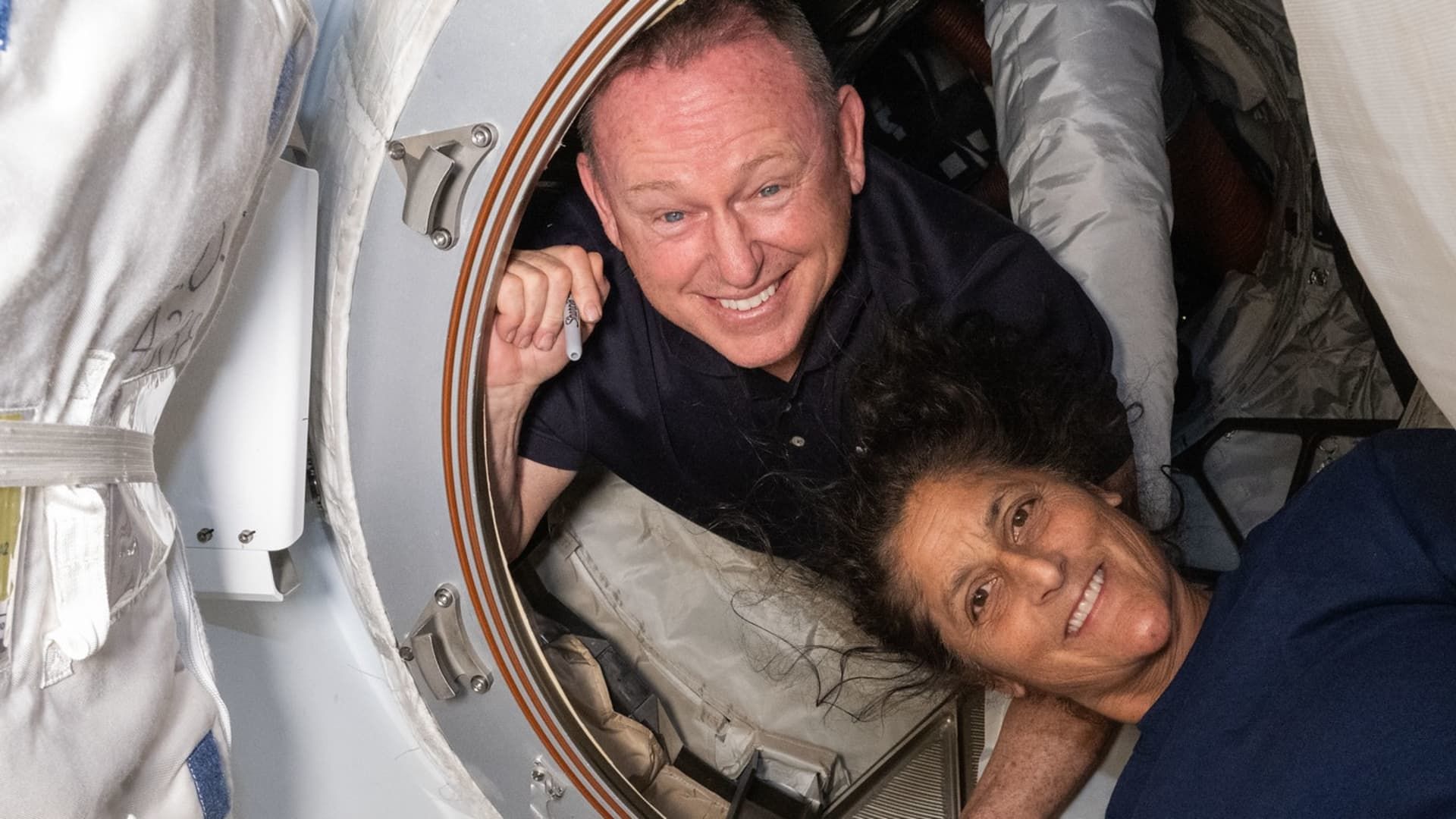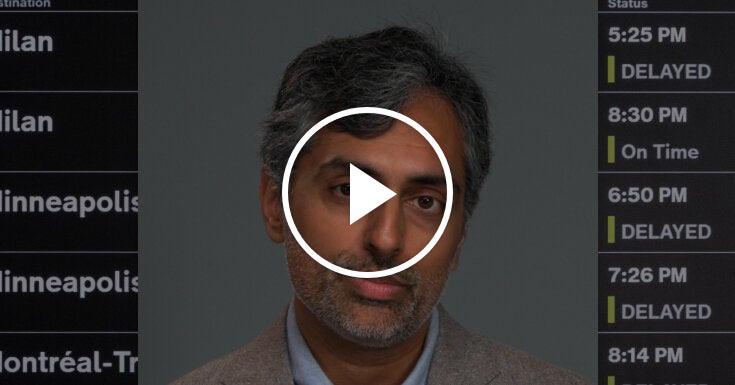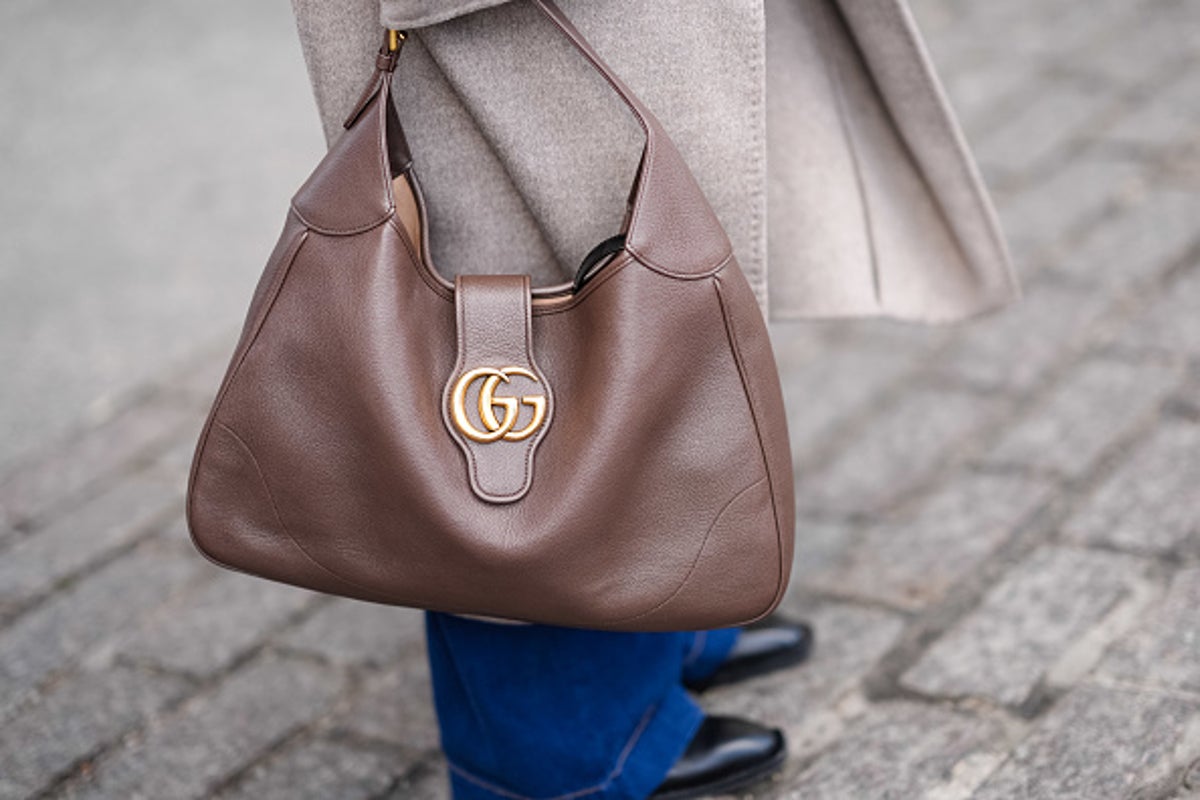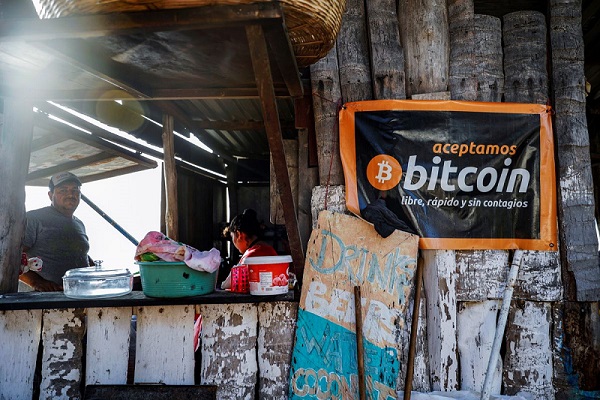NASA astronauts Butch Wilmore, left, and Suni Williams pose inside the hatch connecting Boeing's Starliner to the International Space Station.
POT
Journal entry: Day 71.
Butch Wilmore and Suni Williams are waiting. Boeing is waiting. And in the halls of NASA, leaders and engineers are meeting, analyzing and deliberating.
Boeing's Starliner “Calypso” capsule has been at the International Space Station since early June, on a mission that has been extended indefinitely as the company and NASA try to identify why several of the spacecraft's thrusters failed during docking.
Those thrusters, part of the spacecraft's propulsion system, are critical to Starliner's return from the ISS, but NASA remains unsure whether it is safe for the capsule to return with the two astronauts on board.
“Our biggest concern is achieving a successful deorbital burn, making sure that the [propulsion] “The system is working exactly as it should throughout the entire deorbit process. That's why we're looking so closely at the thrusters and even thinking about how the larger thrusters perform,” NASA Associate Administrator Ken Bowersox told reporters during a news conference Wednesday.
NASA has already adjusted the schedule for SpaceX's next astronaut launch to the ISS, but it needs to make a decision soon on whether Starliner will return crewed or empty, or else it will further delay its current plans. If Starliner returns empty, SpaceX would serve as the rescue option for the return of Wilmore and Williams.
Bowersox said a final round of data analysis is expected to be completed by Aug. 23, which would lead NASA to conduct a Flight Readiness Review, the make-or-break moment for Starliner's return.
Boeing has outlined to NASA its reasons for being confident that Starliner is safe, even going so far as to make public appeals about the amount of booster testing that has been done. But the final decision, expected before the end of August, will be up to NASA and may go all the way to its boss, Administrator Bill Nelson.
The Starliner crew flight test, originally planned to last about nine days, was meant to be a final step for Boeing and a key asset for NASA. The agency hoped to fulfil its dream of having two competing companies (Boeing and SpaceX) fly alternating missions to the ISS.
Instead, the flight test is further delaying Boeing's progress on NASA's commercial crew program and, with more than $1.5 billion in losses already absorbed, threatening the company's future involvement in it.
The Boeing Starliner spacecraft is seen from the window of SpaceX's Dragon “Endeavour” capsule on July 3, 2024 while docked to the International Space Station during crew flight testing.
POT
As for the astronauts themselves, NASA's head of space flight safety office Russ DeLoach said Wilmore and Williams would do “their jobs as astronauts,” trusting the agency's decision-making process.
Joe Acaba, head of NASA's astronaut office, also emphasized that both are test pilots who take risks voluntarily and intentionally.
“This mission is a test flight, and as Butch and Suni expressed before launch, they knew this mission might not be perfect. Human spaceflight is inherently risky, and as astronauts, we accept that as part of the job,” said Acaba.
Spacecraft are often named after iconic seagoing vessels: Williams christened Starliner “Calypso” after Jacques Cousteau's research ship, which was in turn named after the mythological Greek nymph.
For now, Boeing's spacecraft shares an unfortunate similarity to its namesake (a badly damaged craft with an indefinite timeline for repairs), as well as an uncanny resemblance to its namesake's namesake (which trapped the hero Odysseus for seven years against his will).








